Summary
- Party composition ensures balanced combat and higher success chances.
- Tanks act as meat shields, soaking up damage to protect the team.
- Choose class, race, armor, and combat actions strategically.
One facet of what makes Dungeons and Dragons so great is the boundless freedom. Players have the agency to choose their characters’ class, species, and background, and even write up a backstory to explore their life before adventuring. They can also create a character with a specific role in mind that they wish to fulfill in the party for a more balanced team, as well as their own enjoyment.
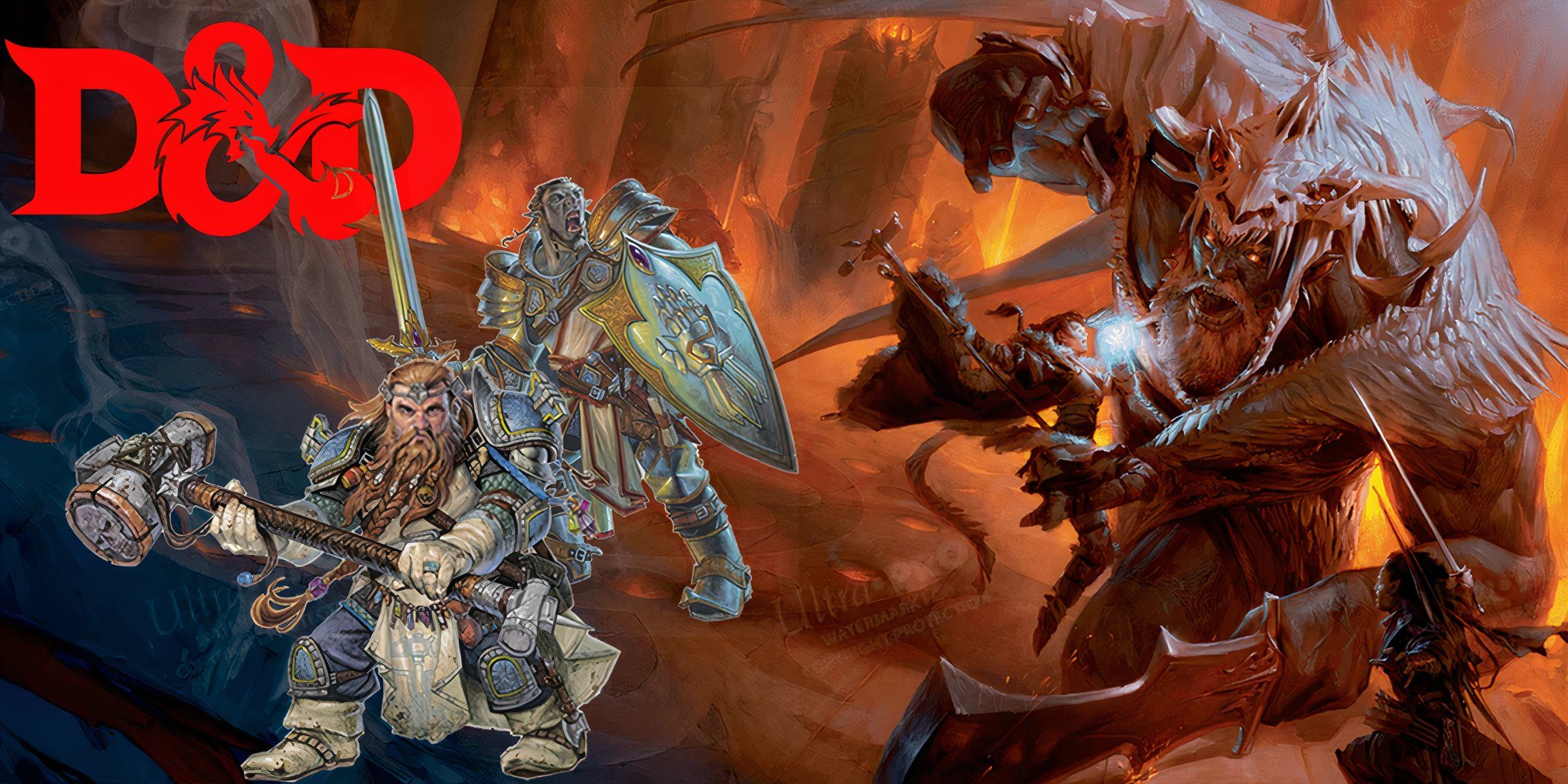
Related
Dungeons and Dragons: Beginner Tips For Playing A Healer
Every party could do with a good healer in Dungeons & Dragons, and these beginner tips might help those new to the proud and responsible role.
Party composition is always a benefit in D&D as it ensures combat should be balanced at the very least, and better their chances for success. A well-rounded party would normally consist of damage dealers, healers, and frontlines to soak up damage and protect their teammates. For those interested in the latter, here are a few handy tips to get started.
8
Breaking Down the Role
What Exactly Would a Tank Do in D&D?
For the uninitiated, the term tank doesn’t refer to the heavily-armored military vehicles, though that might be where the inspiration for the term came from. In the world of gaming, tanks are essentially the meat shields of the party, interposing themselves between the enemies and more vulnerable members of the group, such as glass cannons, healers, and casters.
A good tank has enough AC and HP that can withstand soaking damage round after round, granting enough time for the damage dealers, such as casters, to chip away at the enemies’ HP. But tanks are also capable of dealing out damage themselves, and definitely should instead of opting to take the dodge action, for example.
7
Choose the Right Class
There Are a Few Classes That Are Tankier Than Others
This is perhaps the most important consideration a player must take when designing their Dungeons and Dragons character, as this will inform what abilities they have access to, their combat style, and even what role they will take in the party.
Clerics are skilled healers, rogues are the stealth of the party, and classes such as barbarian are the tanks. These aren’t the sole tanky classes though, as players can also play fairly beefy paladins and fighters that are more than capable of being damage sponges. It purely depends on which class appeals to them the most out of these options. Barbarians are forces of primal rage, fighters are versatile swordsmen, and paladins are holy warriors.
6
Carefully Select the Tank’s Race
Choose Carefully to Be a Better Tank
This is also an important decision for players that might even come before considering class. This also helps to partially inform their D&D experience, as other NPCs and players might respond differently to a player’s chosen species, such as fellow dwarves being welcomed among their fellow brethren, or drow being viewed through a veil of mistrust by surfacers.
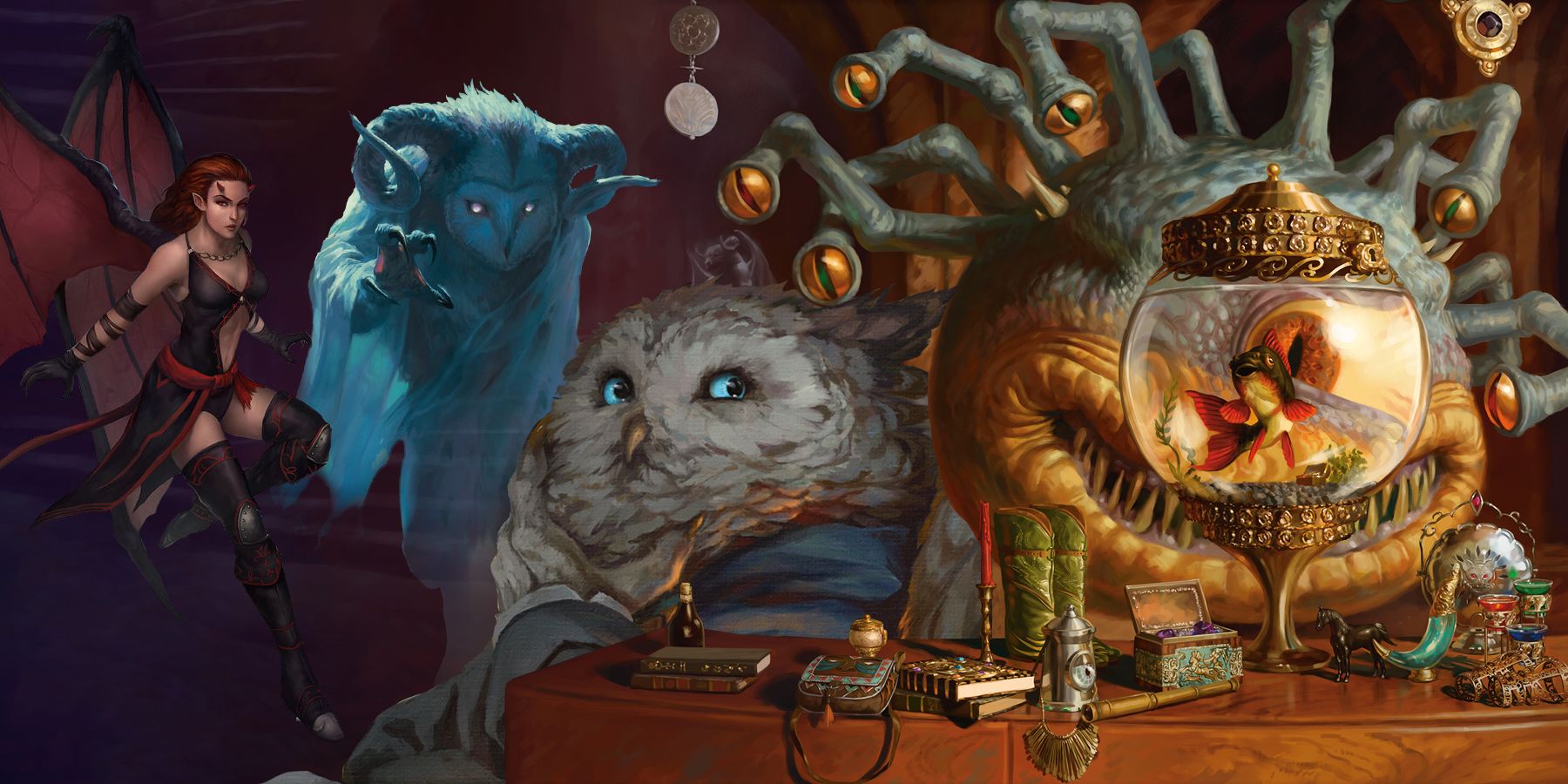
Related
Dungeons & Dragons: Best Homebrew Playable Races
Dungeons & Dragons lets fans play as tons of races and classes. Those looking for something more unique should take a look at these homebrew races.
Aside from flavor and RP opportunities, players need to bear in mind the character concept they have in mind while making this decision, which in this instance is a tank. There are races that excel as tanks, such as the hill dwarves that gain extra HP to help them be even tankier, or the half-orc that can bounce back to their feet after being dropped to 0 hp. There are many official races for tanks, and even more homebrew ones should their DM allow it.
5
Armor Up, or Down
Barbarians Gain Unarmored Defense
In order to be durable enough to act the part, players need to make sure they have enough AC to protect those precious hit points from draining all too fast. In most cases, a player’s AC will come from the armor they have equipped. The heavier the armor, the more AC they will have, though they need to be strong enough to equip it.
If players choose a barbarian as their tank class, however, they can benefit from Unarmed Defense. This feature is just exactly how it sounds, barbarians gaining 10 + Dex modifier + Con modifier worth of AC so long as they aren’t wearing armor of any sort, though they can equip a shield and still benefit. Players should choose purely from whichever gains them the most AC, as they might find their modifiers too lacking to forgo equipping armor.
4
Lead the Charge
Players Can’t Tank from Behind the Party
In order to act the part of the tank, players need to position themselves at the head of the party at all times, as they won’t be able to perform their role if they are bringing up their rear, or smack-dab in the middle of the marching order.
This doesn’t necessarily mean they will fall into the role of party leader, but just that they need to be the first one to venture inside the dungeons and open any doors, so they are the first ones to confront any danger they cross paths with. These could be hostile NPCs or traps laid out in their path, but better they set them off than, say, the wizard, who might not have the fortitude to survive that poison dart trap.
3
Consider Taking Feats
There are Those That Can Aid a Tank in Their Endeavors
At certain levels, players will be prompted to choose between improving their ability scores or taking a feat. While the former is always guaranteed to be useful to any class or role in the party, feats can also offer specific benefits for players working around a particular concept.
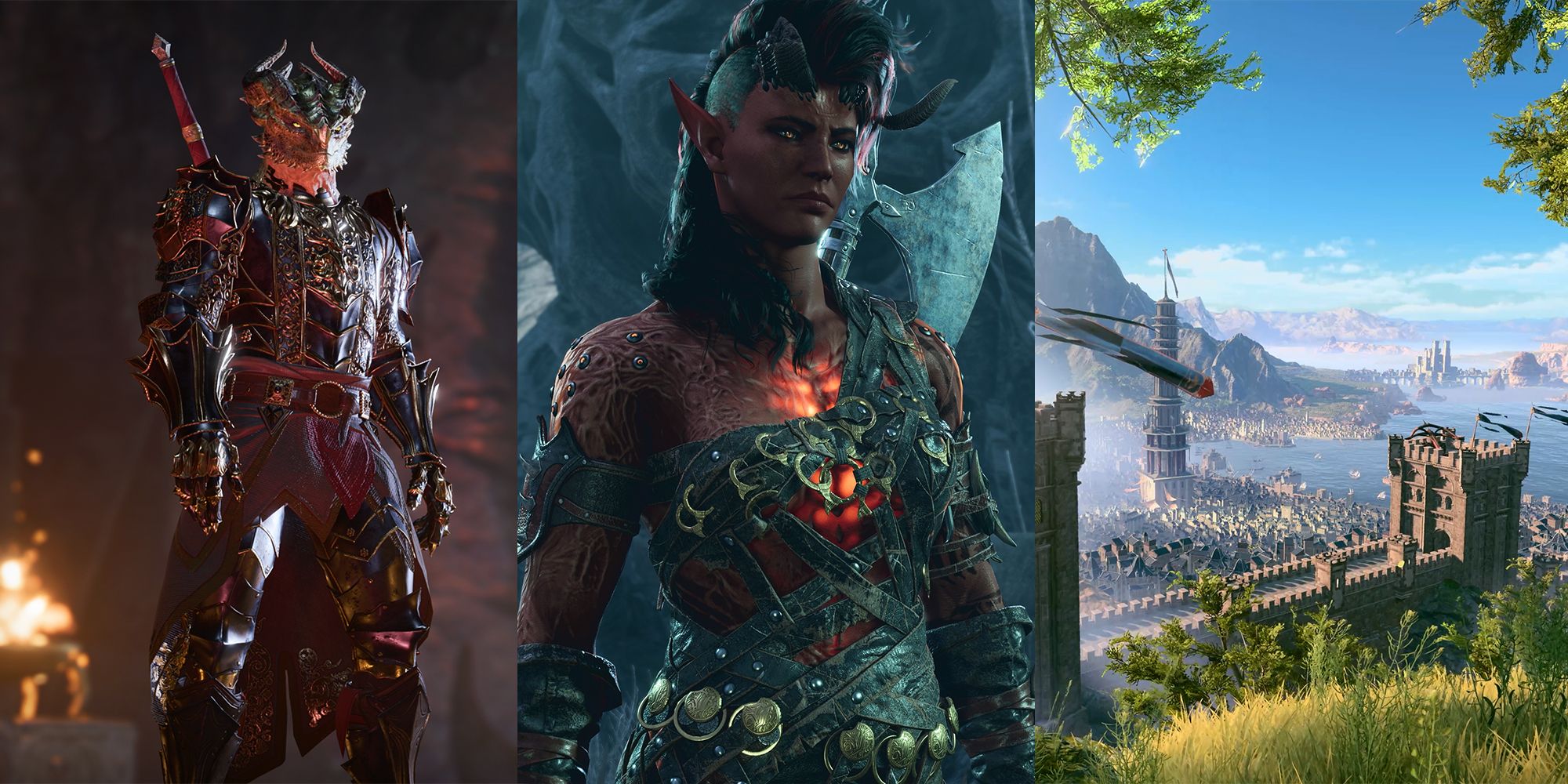
Related
Baldur’s Gate 3: Best Feats for Barbarians, Ranked
For those looking to make the most out of their Barbarian in Baldur’s Gate 3, here are the best Feats to choose from.
Thus, tank players might want to consider cracking open a few books to see the feats available to them, which could certainly help them be more efficient tanks. Sentinel might be one of the best for tanks, as if the player hits an enemy who provoked their attack of opportunity, they drop their movement to 0 feet to ensure they can’t slip by them, even with the disengage action. They can also use their reaction to make an attack against an enemy within range who attacks another target, making this the ultimate feat of protection.
2
Find Ways to Draw Aggression
Give Foes a Reason to Attack the Tank Instead of More Vulnerable Party Members
The key component of being a tank is drawing the ire of enemy combatants, as they won’t be able to tank damage if hostile NPCs ignore them and go right for the squishy sorcerer hiding right at the back. Most DMs will just throw their combatants at the tanky members in front, but those feeling sly might have them flank from the back to take care of those pesky spell-slingers.
Tanks can circumvent this possibility by finding ways to draw aggro. There are multiple ways tanks can do this, by using feats such as sentinel, the spell-compelled duel, abilities such as goading attack and even subclasses that punish enemies for focusing on other targets. Taking one or more of these ensures that they will be the first in line to feel the sting of the enemy’s swords.
1
Consider Combat Actions Carefully
There are More Tanks Can Do Besides Pummeling Enemies
Combat is the time the tank truly shines, as other party members will be expecting them to do what they do best-shield the rest of the party from harm. There are ways they can improve their tanking abilities in combat besides using their actions to cast compelled duel or using their sentinel feat, or even besides just dishing out so much damage enemies feel like they need to take the tank down now before things get too out of hand.
Instead, tanks might consider forgoing a weapon attack and instead grappling the enemy. This ensures they can’t go off and attack the other party members, and they could even drag them out of range to force them into a one-on-one confrontation. Of course, they could only grapple one enemy at a time, so they need to pick and choose their targets carefully.
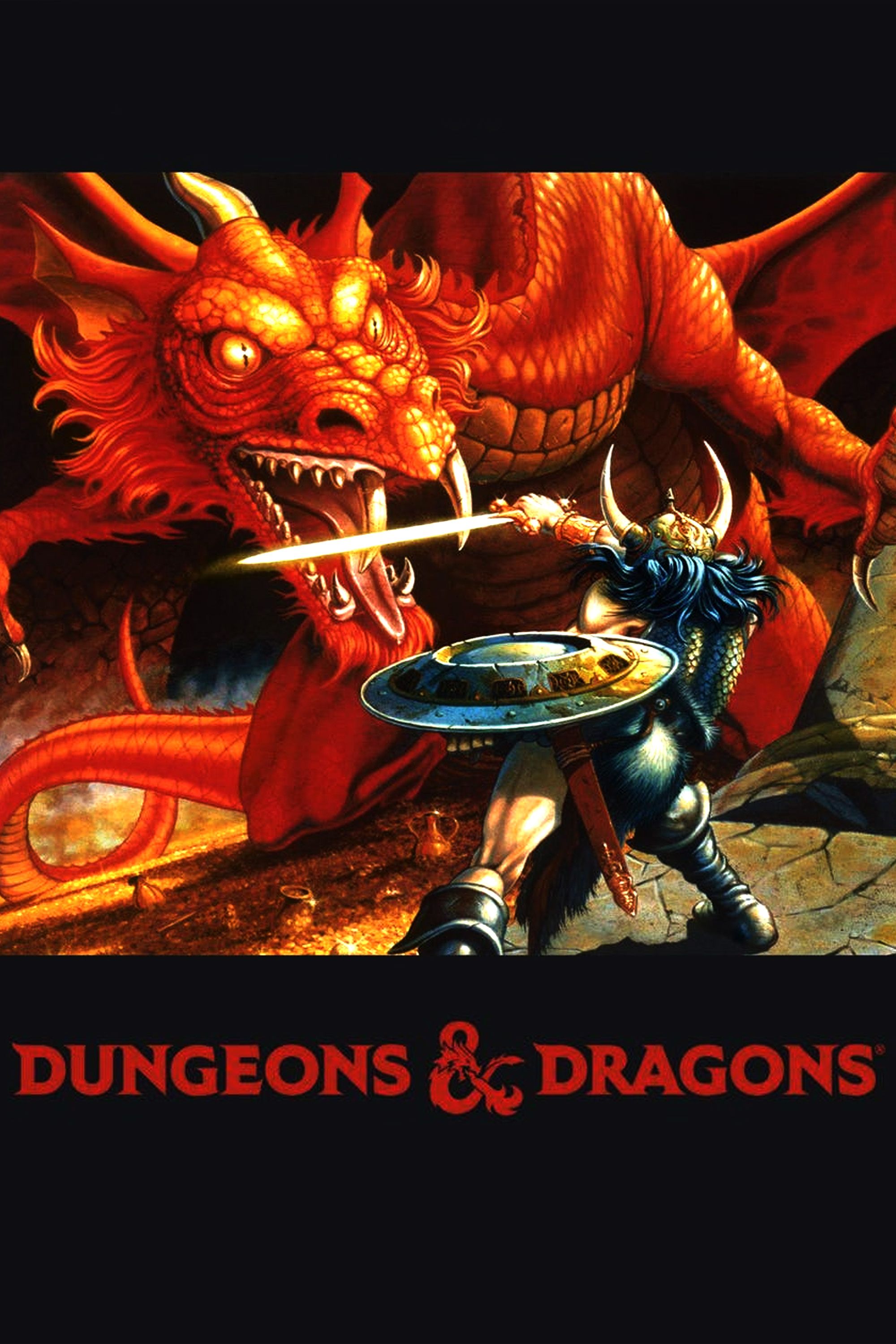
Dungeons and Dragons
- Franchise
-
Dungeons & Dragons
- Original Release Date
-
1974-00-00
- Designer
-
E. Gary Gygax
, Dave Arneson
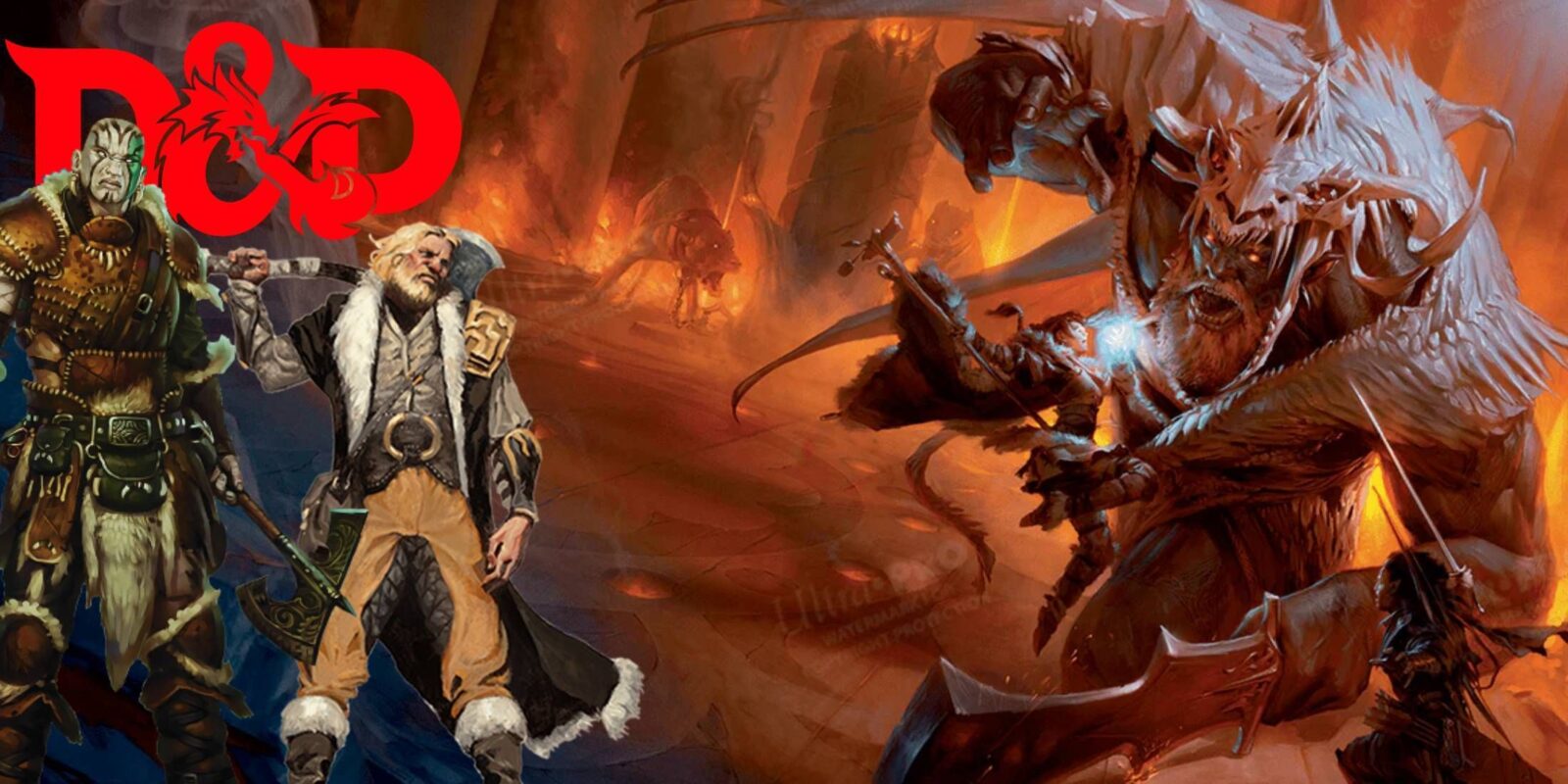
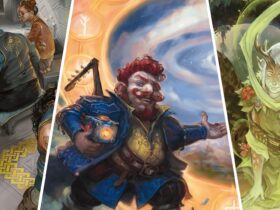


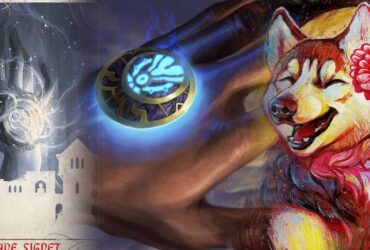
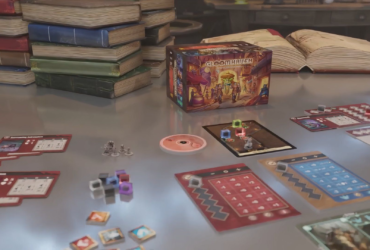
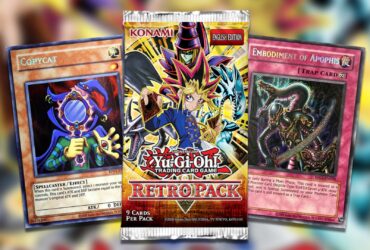


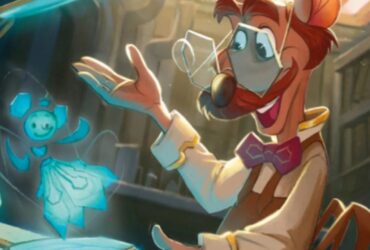
Leave a Reply